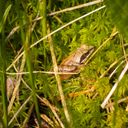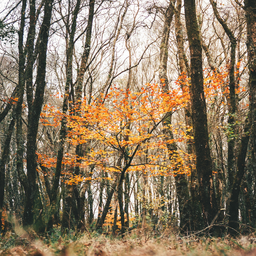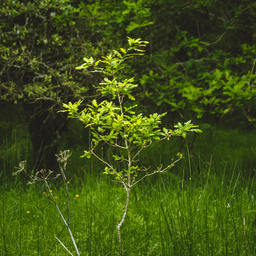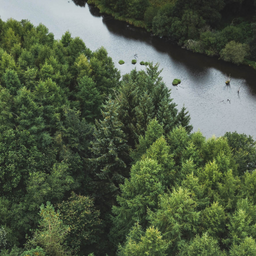
A home for herpetofauna
Reptiles and amphibians need your help! With your support, we can give them vital shelter and help preserve the biodiversity of ponds and wetlands.
Did you know?
Overview
Overview
Our actions
Our experts choose a sunny location on the edge of the forest that is suitable for amphibians and reptiles.
We set up cave-like shelters that have been created and adapted for the local amphibians and reptiles.
Our experts monitor the amphibians and reptiles remotely and identify those that are thermoregulating two years after installation, in spring and summer.





